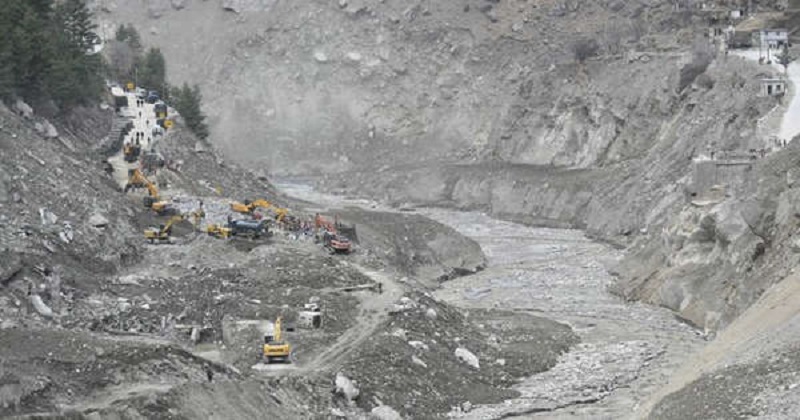
The bulk of glaciers in the Himalayan area are melting as temperature increases and climate change wreaks havoc around the planet. According to the research conducted by the Centre, the phenomenon is occurring across nine major glaciers in the country, each of which is melting at a distinct rate.
Accelerated heterogeneous mass loss in Himalayan glaciers has been observed in studies led by the Geological Survey of India, Wadia Institute of Himalayan Geology, National Centre for Polar and Ocean Research, National Institute of Hydrology, Space Application Centre and Indian Institute of Science.
In a written reply to the Lok Sabha, Minister of Science & Technology Dr Jitendra Singh said, ‘GSI has conducted studies on melting of the glaciers by assessment of mass balance on nine glaciers and also carried out monitoring the recession/ advancement of 76 glaciers in the Himalayan region. The majority of Himalayan glaciers are observed melting/ retreating at varying rates in different regions’.
As per the Ministry of Earth Sciences, Hindu Kush Himalayan glaciers retreat at a rate of 14.9-15.1 metres per year, compared to 12.7-13.2 metres per year in the Indus, 15.5-14.4 metres per year in the Ganga and 20.2-19.7 metres per year in the Brahmaputra river basins.
Also Read: Mushrooms can talk to each other and recognise up to 50 words: Research
Meanwhile, mass balance analyses were undertaken by the University of Kashmir, Sikkim University, IISc, and WIHG for various Himalayan glaciers and found a similar pattern, with the bulk of Himalayan glaciers melting or retreating at varying rates. The Wadia Institute of Himalayan Geology, which has been monitoring a few glaciers in Uttarakhand since 1995, discovered that the Dokriani Glacier in the Bhagirathi basin has been retreating at 15-20 metres per year since 1995 and the Chorabari Glacier in the Mandakini basin has been retreating at 9-11 metres per year between 2003 and 2017.
Similar phenomena are taking place in the Satluj River watershed. IISc Bangalore’s Divecha Centre for Climate Change researched the glacier and discovered that glacial melt contribution will grow until the middle of the century, after which it will diminish. ‘Numerous small glaciers located in the low altitude region of the Satluj basin indicate a significant loss in the area till the middle of the century, creating a scarcity of water during the dry summer season’, the ministry said.
The melting of Himalayan glaciers is a major source of concern since it will have a significant impact on the water supply for rivers that rely on these glaciers. Due to the variations in flow, flash floods, and sedimentation, ongoing melting will cause changes in glacier basin hydrology, downstream water budget, and influence hydropower plants.
‘The increase in risk related to glacier hazards due to enhanced number and volume of glacier lakes, accelerated flash flood and glacial lake outburst floods, while also having an impact on agro practices in the high Himalayan region’, the ministry said in a statement.

Post Your Comments